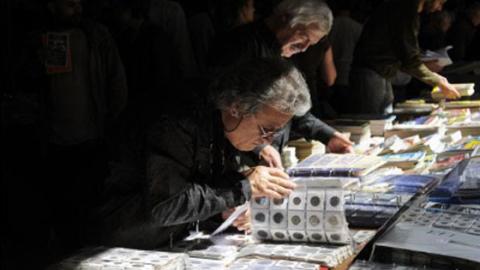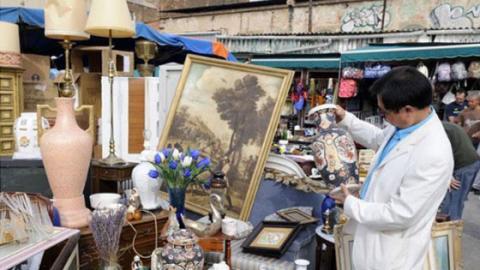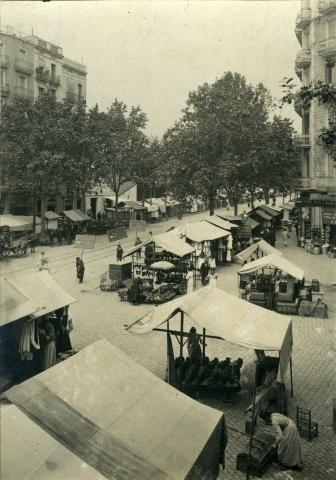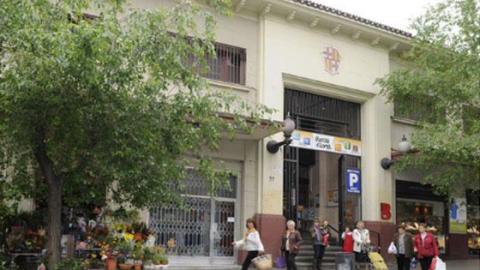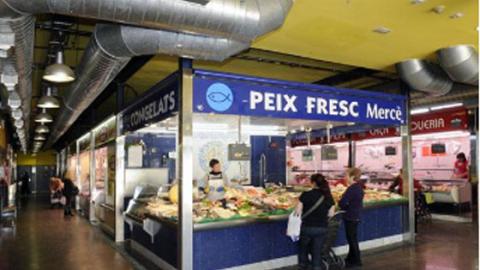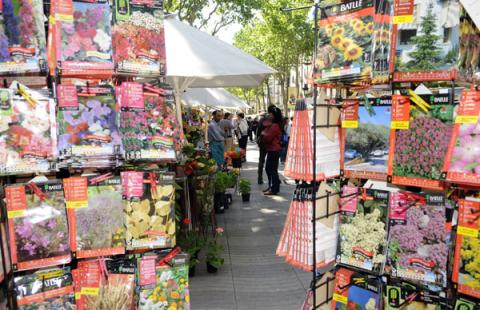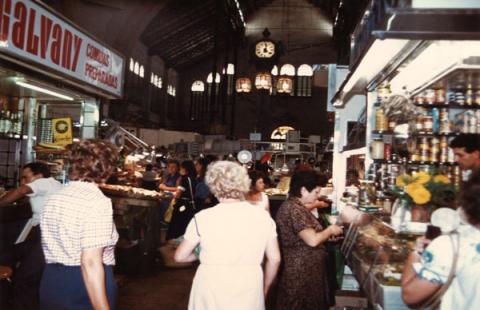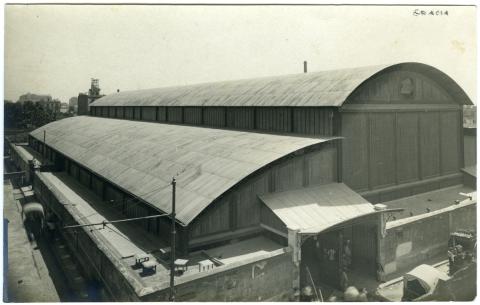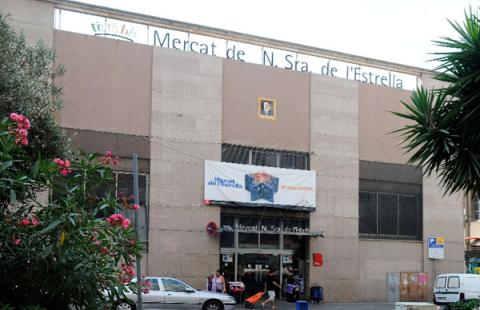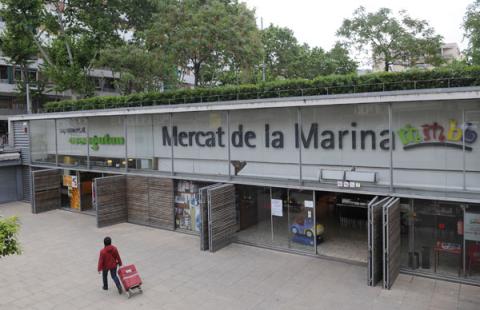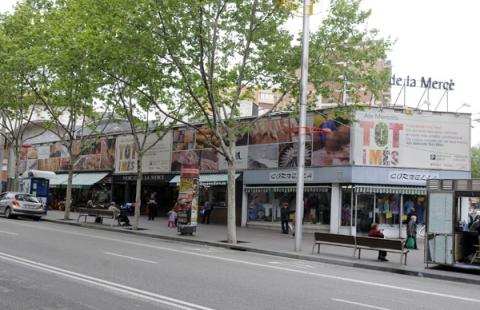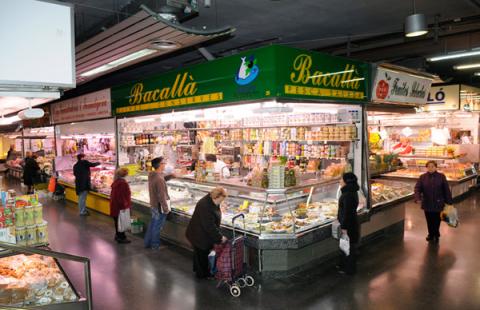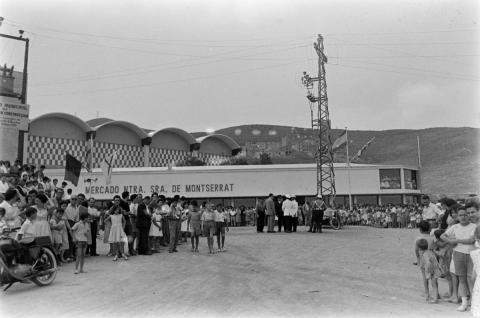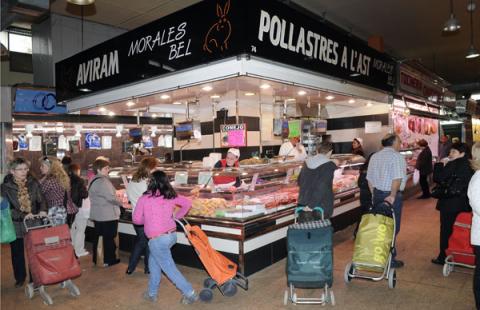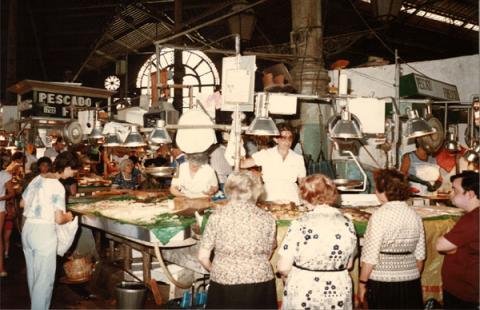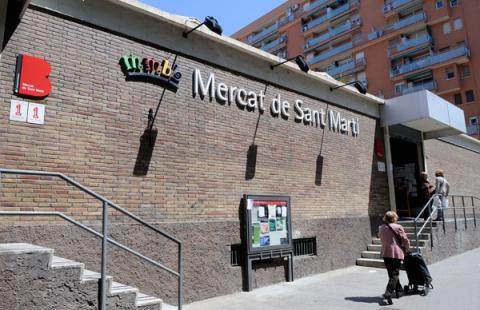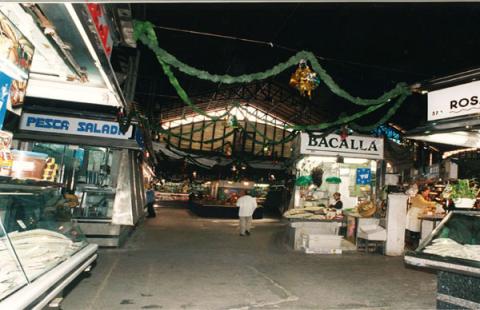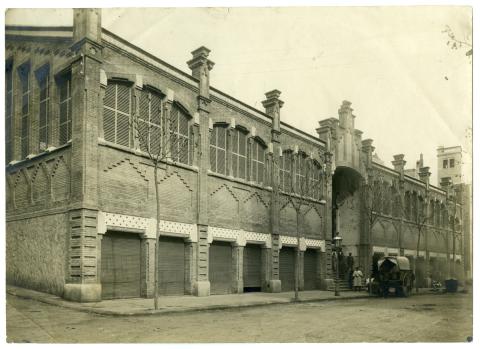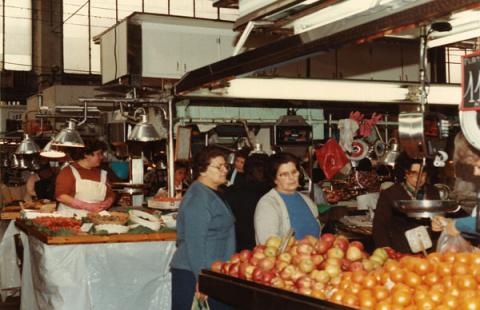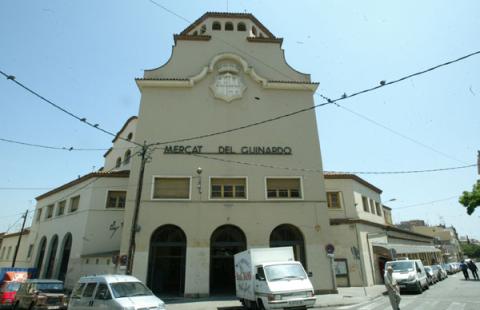The commercial activity in Barcelona has been intense and the exchange of products in the field of the market has played a key role from its beginnings, in Roman times, to the present day. Although the first solid news we have about the existence of a market in the city dates back to the 10th century, the role of attracting new population and cohesion of the social group that the markets have developed is unquestionable.
Reflection of the evolution of the city
Like so many other members of urban geography, Barcelona's markets have reflected the city's changes and transformations throughout history. Thus, they have been prominent protagonists in the determined introduction of cast-iron architecture and modernist style, elements that can be seen in the buildings where they are located.
They have also followed closely the turbulent process of physical growth in the city, either through the absorption of the old independent municipalities -many of which had a market- or the construction of these facilities in the newly created suburbs, which arose as a result of the various waves of migration that Barcelona has undergone.
Renewal for new challenges
As a result of these changes, Barcelona has as a differentiating element the dense network of markets, 39 for food and 4 for non-food. Throughout history they have been able to absorb and take on the challenges of today's commerce and new forms of consumption of the citizens and, at the same time, face the future with a desire for renewal and to continue to play their essential role in the life of the city.


